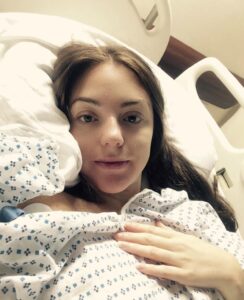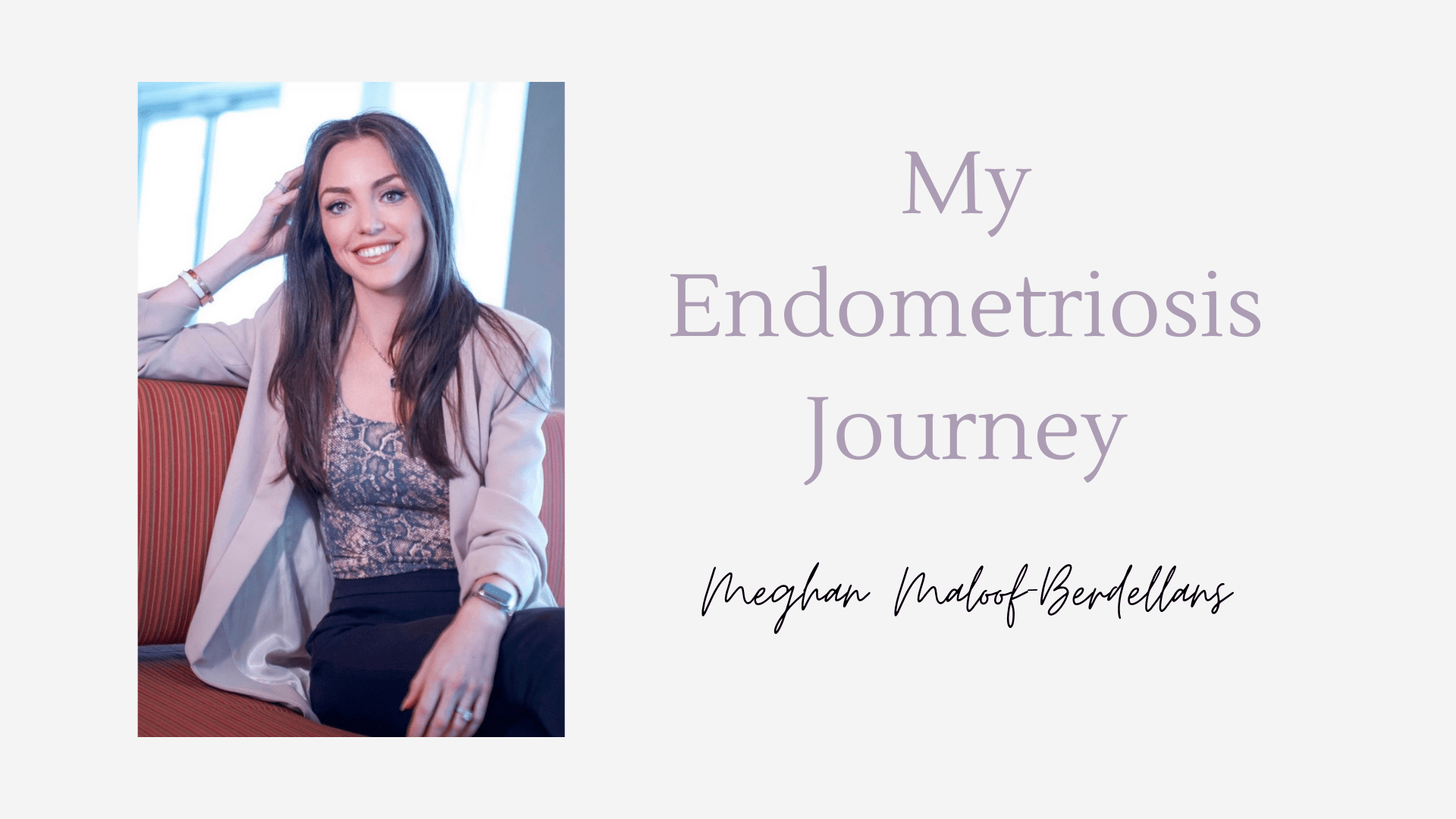March is Endometriosis Awareness Month, which aims to increase awareness of this chronic condition that impacts 176 million women worldwide. It takes an average of 10 years for a woman to get diagnosed with endometriosis.
The first time I heard the word endometriosis, it didn’t really register. After years of seeing countless gynecologists, I had grown accustomed to the routine of the doctor listening to 60 seconds of me trying to explain my symptoms, and assure me that everything I was experiencing was “normal.” For many who may not know, endometriosis is a chronic illness in which tissue similar to the lining of the uterus grows outside the uterus. There is no cure.
It all started in 2005 when I was in 8th grade. The pain was so bad I could hardly think. A parade of well-meaning but misguided doctors and misdiagnoses followed. My teachers, family members, and peers all assured me that a little pain was expected with that time of the month. But I knew this wasn’t normal.
Fast forward to 2015, nothing had gotten better… only worse. I was no longer feeling these symptoms during menstruation, but 24/7/365. At this point, I had seen 6 OBGYNs, 2 Gastroenterologists, 1 Physical Therapist, 2 Neurologists, and 2 Endocrinologists over a span of 10 years. NOT ONE of those specialists mentioned the word endometriosis to me.
Throughout the years, I tried many different pain management avenues to feel relief. It was April 13, 2015 when I had ruptured the most painful ovarian cyst I had ever experienced. It was a normal morning until I felt a sudden, excruciating sharp pain on my left side. Minutes later, my mom found me unconscious on the bathroom floor and was rushed to the hospital.

It was shortly after the hospital episode when I heard the word “endometriosis” for the first time. I was 23, in the chair with the 7th OBGYN, who happened to be a fertility doctor (endometriosis is a top cause of infertility among women). The doctor was more thorough than any other doctor I had seen, and genuinely cared about what I was going through.
Two months later, I opted for excision laparoscopic surgery. To everyone’s surprise, the surgeon found late stage endometriosis. Hundreds of lesions encompassed my pelvic region. The disease was found and removed from my uterus, fallopian tubes, ovaries, rectum, colon, appendix, pelvic wall, bladder, and going for my liver. My appendix was also removed along with multiple endometrial polyps and fibroids.
When I woke up in the operating room after surgery, I was overwhelmed with peace to find that I was clinically diagnosed with endometriosis.
While I was thrilled to finally have answers, I was crestfallen to hear that 62% of women with endometriosis have further surgery, with a median time of less than 2 years to the second surgical procedure. Furthermore, 1 in 5 opt for hysterectomies when that is not the most effective course of treatment for the disease: excision surgery is. This is only a matter of education.
I am now almost 6 years post-op from my first and only excision surgery, and can confidently say my pain is under control. While I am very lucky in that regard, there are millions of women without answers who suffer the way 2015 me did. My endometriosis journey is similar to what millions of both diagnosed and undiagnosed women are going through right now on a global scale. 1 in 10 women have endometriosis, and it takes an average of 10 years to get a diagnosis. Let’s strive to change that.



